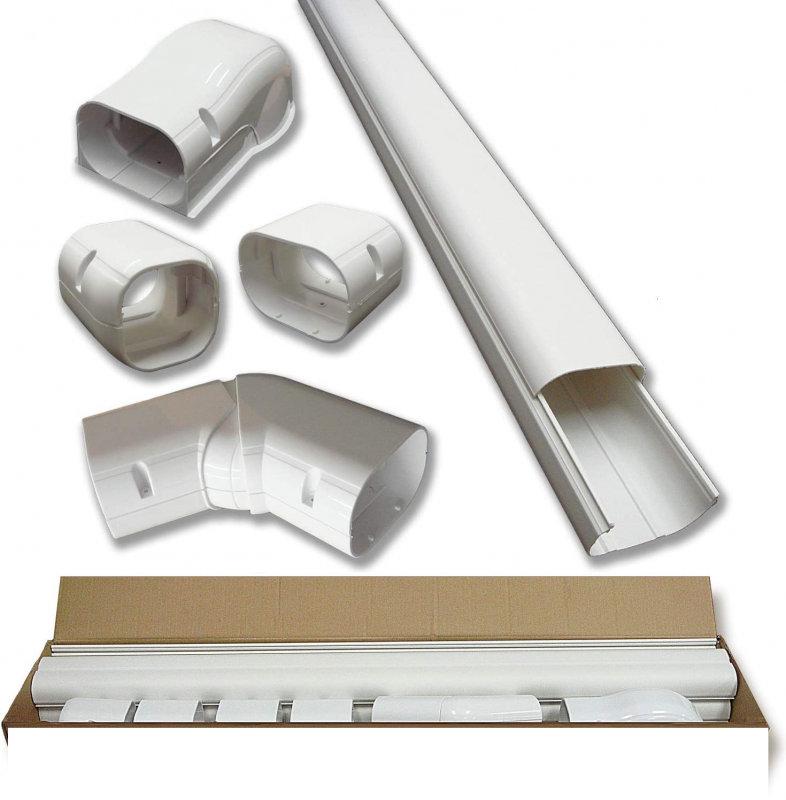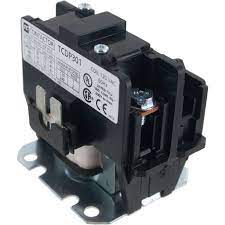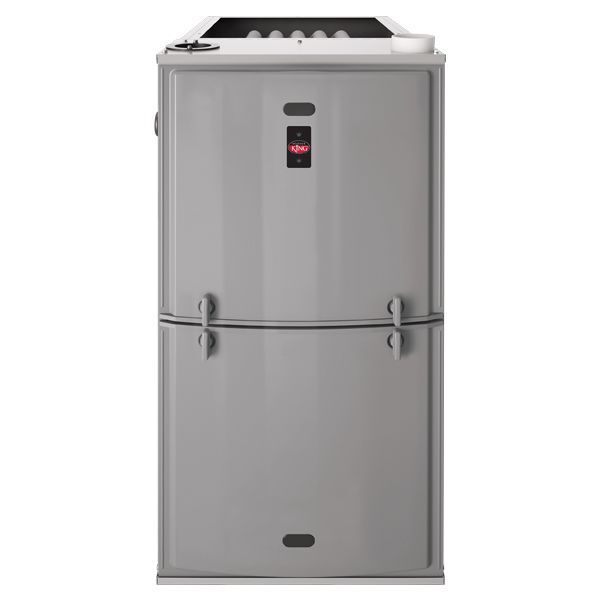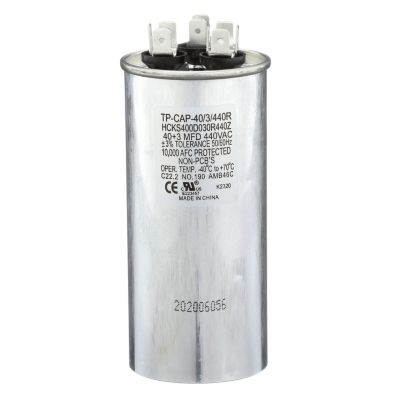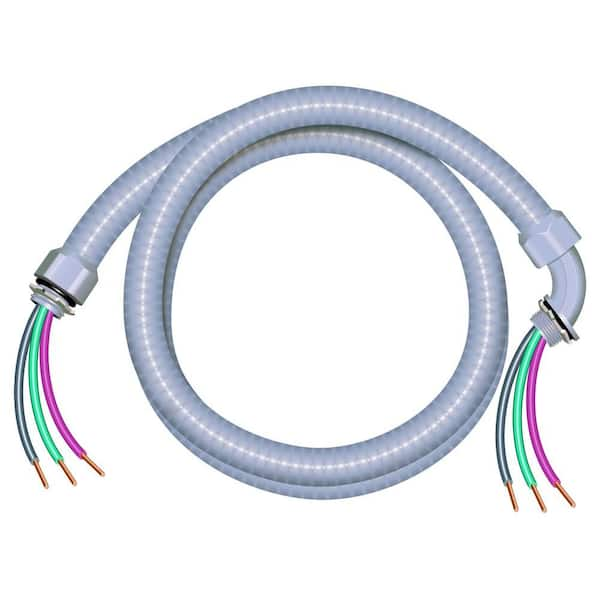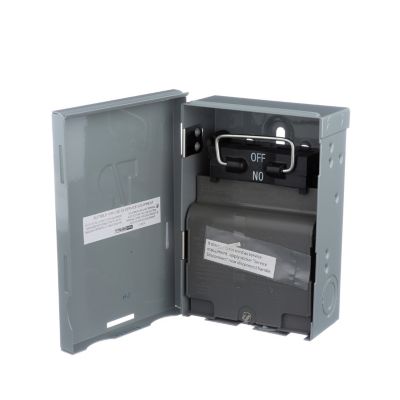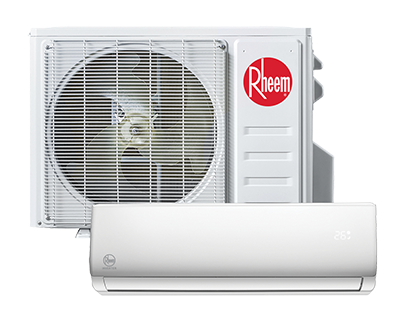Lineset covers, also known as line set covers or line hide, offer several benefits when used with mini-split systems. These covers are designed to encase and protect the refrigerant lines, communication wires, and condensate lines that connect the indoor and outdoor units of a mini-split system. Here are some of the benefits of using lineset […]
Category Archives: Blog
WHAT IS AN HVAC CONTACTOR An HVAC (Heating, Ventilation, and Air Conditioning) contactor is an electrical switch that controls the power supply to components in an HVAC system, typically the compressor and the condenser fan. It is an integral part of the HVAC system and plays a crucial role in regulating the flow of electricity […]
An 80% gas furnace refers to a type of heating system that operates at 80% Annual Fuel Utilization Efficiency (AFUE). AFUE is a measure of how efficiently a furnace converts the energy in its fuel (natural gas, in this case) into heat over the course of a heating season. The AFUE percentage represents the portion […]
An inverter HVAC (Heating, Ventilation, and Air Conditioning) system refers to a type of air conditioning or heat pump system that utilizes inverter technology. In traditional HVAC systems, the compressor, which is responsible for cooling or heating the air, operates at a fixed speed—either on or off. In contrast, inverter technology allows the compressor to […]
Diagnosing HVAC issues can be complex, and while a faulty capacitor is a common cause of problems, it’s not the only potential issue. Here are some signs that your HVAC unit’s capacitor might be bad: Inconsistent Cooling: If your HVAC system is having trouble maintaining a consistent temperature, or if it takes a long time […]
The Seasonal Energy Efficiency Ratio (SEER) is a measure of the efficiency of an air conditioning system. Here are some reasons why you might consider buying a high SEER HVAC system: Energy Efficiency: Higher SEER ratings indicate better energy efficiency. A high SEER HVAC system can help you save on your energy bills by using […]
An electrical whip, also known simply as a “whip,” is a pre-assembled electrical conduit that includes conductors and connectors. It is commonly used to connect an air conditioning or heating unit to an electrical junction box. The whip simplifies the installation process by providing a ready-made, flexible solution for routing electrical power from the source […]
A disconnect box, also known as a disconnect switch or electrical disconnect, is a device used to disconnect electrical power from an appliance or equipment. It is commonly employed in the installation of electrical systems, including heating, ventilation, and air conditioning (HVAC) units, like mini-split systems. Here are the key features and functions of a […]
Installing a mini-split system involves several steps and is typically best done by a licensed HVAC (Heating, Ventilation, and Air Conditioning) professional. However, if you have experience with electrical work (we always recommend you hire a licensed electrician) and are comfortable with basic construction tasks, you can attempt the installation yourself. Keep in mind that […]
SEER stands for Seasonal Energy Efficiency Ratio, and it is a measure of the energy efficiency of air conditioning and heat pump systems. SEER is a standardized way of expressing the efficiency of cooling equipment over an entire cooling season. Here’s how SEER is calculated: SEER=Total heat removed during the seasonTotal electrical energy consumed during the seasonSEER=Total electrical energy consumed during the seasonTotal heat removed during the season In simpler terms, SEER is the ratio of the […]


